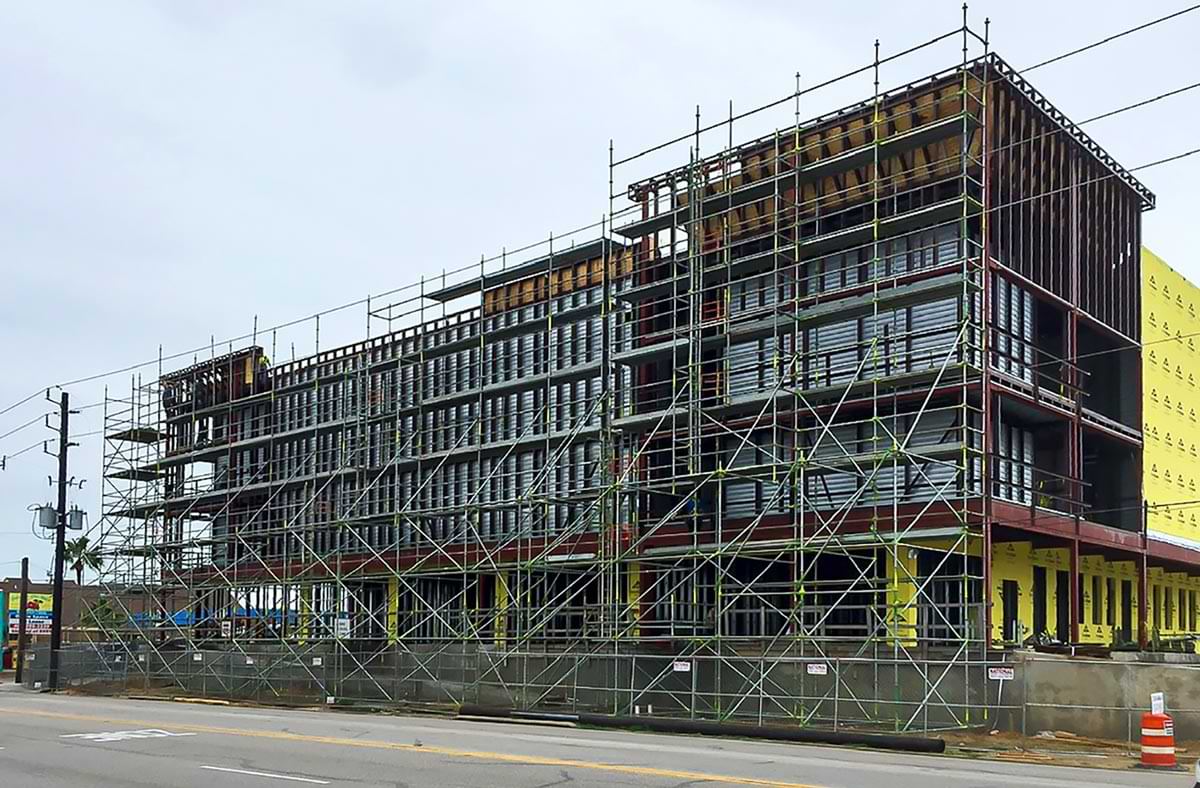Stages Of Development
A Beginner’s Guide To Developing Self-Storage
By Charles Plunkett
developer is an artist, creating something from a vision; a risk-taker; an entrepreneur; and, at least to some extent, an optimist.
Embarking on the journey of building a self-storage unit can be an exciting and rewarding investment opportunity for beginners in the real estate market. With the right approach and understanding of the development process, this venture can provide a steady stream of income and long-term financial stability. In this article, we will explore the initial stages of self-storage development, outlining the key considerations and steps that a beginner must be aware of to ensure a successful and profitable project.


Design And Layout
Permits And Approvals
Building a self-storage unit as a beginner in the real estate investment world can be both challenging and rewarding. The key to success lies in thorough research, careful planning, and meticulous execution of the development process. Your self-storage project can become a profitable and sustainable venture by understanding the local market, securing adequate financing, selecting a prime location, and prioritizing customer needs. Remember, seeking advice from industry experts and learning from experienced self-storage developers can also be invaluable in making informed decisions throughout the journey. With determination and a strategic approach, your self-storage facility can become a valuable asset that provides steady returns for years to come. In addition to getting help from seasoned professionals, there are many industry publications, such as Messenger magazine, that provide valuable information to utilize in your overall program analysis.